Smart farming: using data to make decisions
Lessons
# Introduction
Students will get an overview of the process a farmer uses throughout the year and the challenges they face. Students then begin to make decisions based on what they learn in each lesson. The Decision Tracker is needed throughout the unit.
Files
# Soil
Soil is the basis of all commodity farming; if the soil is not healthy, the crops will not grow and produce. Soil testing gives growers important information about the nutrients and pH of the soil. Students learn about the nitrogen cycle, the ionic charge of soil particles, and the impact of nutrients on plant growth.
Files
# Planting
The traits of a variety can be critical in yield. Students learn about the different varieties that have been tested in Ohio and determine what population they would plant.
Files
# Scouting
Scouting is an activity that farmers do in the summer while the crop is growing. Students learn about aphids, a soybean pest. If your school has a test plot, use the Aphid scouting field activity to determine if an insecticide is needed. Many schools will not be in session nor have a test plot or field available, so you may use the Aphid Speed Scouting or Managing Nutrients Herbicide Simulation instead.
Files
# Harvest
Once the crop is harvested, students will learn the different options for selling or storing the grain. The spreadsheet will calculate the yield from the field based on the decisions from the Decision Tracker.
Files
Teacher background
Precision agriculture is a set of technologies that allows farmers to be more efficient in their farming practices. It includes, but is not limited to, soil testing across ½ acre to 2½ acre grid squares on the field, auto steering on tractors to allow for optimum use of field area, planters that can plant different varieties of a crop in different parts of the field, depending on productivity of the soil, sprayers that can adjust fertilizer and pesticide levels to areas that need targeted, harvesters that collect yield data that can be mapped in relation to a particular area in the field and more.
This unit is meant to be a comprehensive look at how farming is done. However, there are many activities that can be used independently if there is an interest in using only pieces. It can be used as a threaded PBL throughout the year determined by your curriculum, or your students could take a two week look at the decisions and data, then plug in the decisions and see the results.
Acknowledgements
A special thank you goes to The Ohio State University, Molly Caren Agricultural Center, home of the Ohio Farm Science Review, for allowing us to use their data and soil tests. Also, we used information from AgSolver, a powerful software program that allows growers to test out changes they might make to their practice to see what the consequences may be before spending a season waiting for the results. Shawn Conley, Agronomist, Associate Professor at the University of Wisconsin, allowed us to use his information on yield in soybeans. Jeff Goodbar, Sunrise Cooperative, lent us his expertise to get started on the project. Jason Board, participant at Tech in Ag 2019 helped adapt the nitrogen cycle cards. Thank you all!

Next gen science standards
Science and engineering practices
- Asking questions (for science) and defining problems (for engineering)
- Developing and using models
- Analyzing and interpreting data
- Using mathematics and computational thinking
- Constructing explanations (for science) and designing solutions (for engineering)
- Engaging in argument from evidence
- Obtaining, evaluating, and communicating information
Crosscutting concepts
- Patterns
- Cause and effect
- Scale, proportion, and quantity
- Systems and system models
- Energy and matter
- Stability and change
Disciplinary core ideas/content
- ESS2A Earth materials and systems
- ESS2E Biogeology
- ESS3C Human impacts on Earth systems
- LS1A Structure and Function
- LS1B Growth and development of organisms
- LS1C Organization for matter and energy flow in organisms
- LS1D Information processing
- LS2A Interdependent relationships in ecosystems
- LS2B Cycles of matter and energy transfer in ecosystems
- LS2C Ecosystem dynamics, functioning and resilience
- ETS2A Interdependence of science, engineering and technology
- ETS2B Influence of engineering, technology and science on society and the natural world
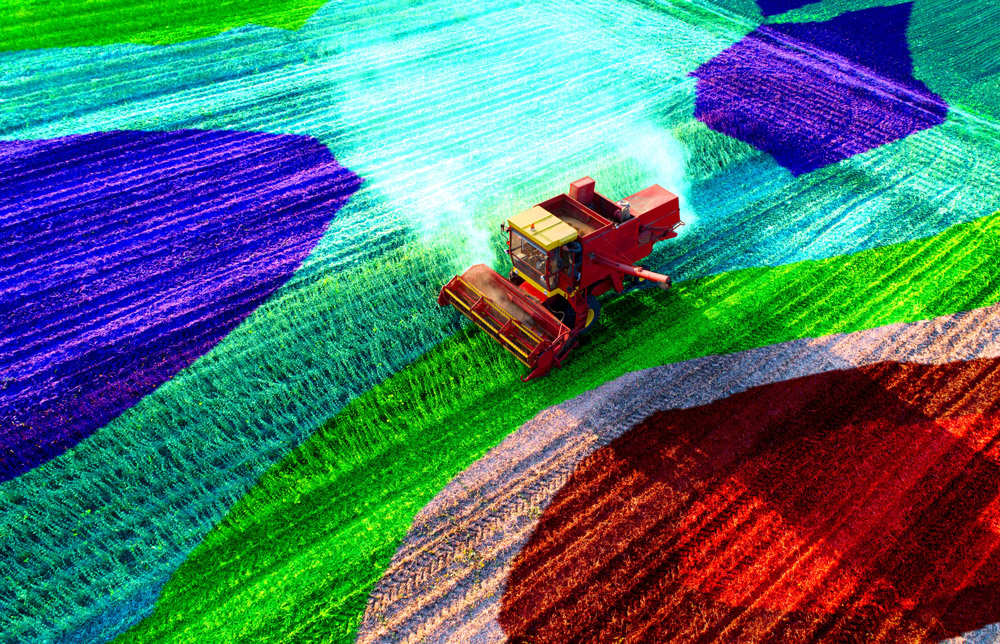


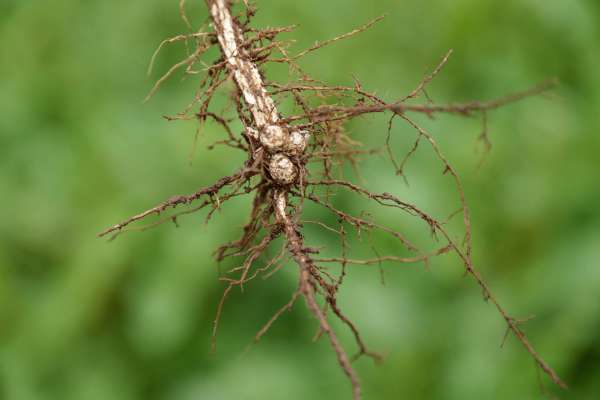
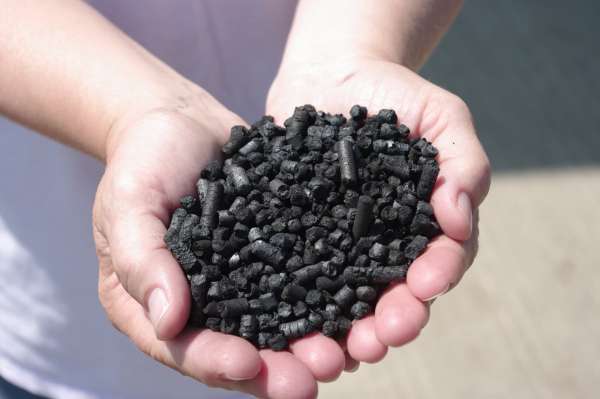
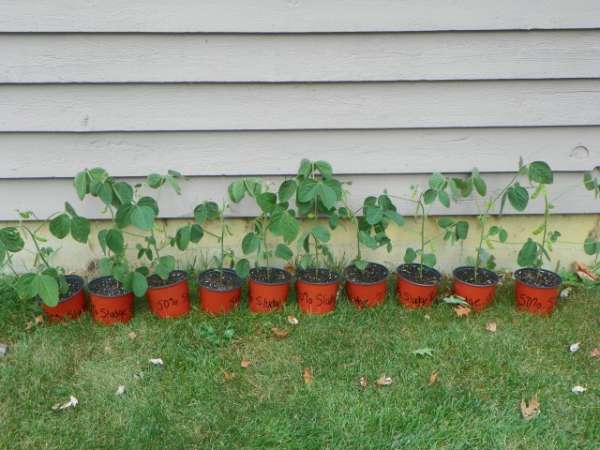
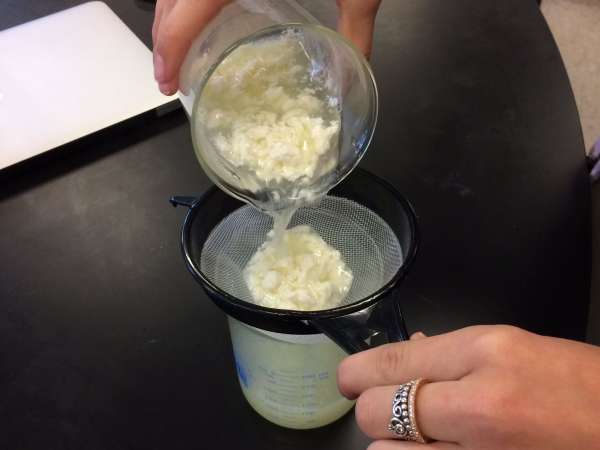
Share this